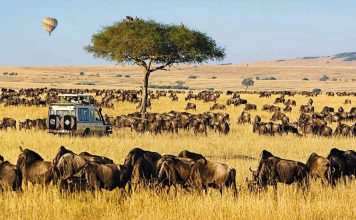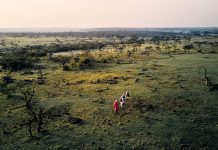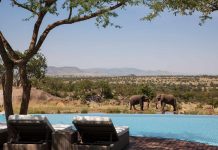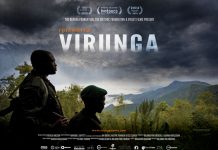10 Favorite Sightings On African Safari
The African bush is full of surprises and one never knows when something interesting is about to happen.
Although ‘action’ is quite high on the...
Palestinian ‘justice tourism’ in East Jerusalem turns Israeli occupation into exhibition
Tourism in Jerusalem is intertwined with Israel's occupation. However, while Israel's Ministry of Tourism officially governs Jerusalem's tourism industry, there's a new, rising movement...
Why Book An All Inclusive African Safari
If you are really tight on the budget, booking an all-inclusive holiday package can save you a big chunk of money. Because these all-inclusive...
Why is the Chernobyl Tour Becoming More and more Popular?
Was Tour to Chernobyl Zone so popular before the release of the HBO series? Of course yes, but not as much as after. Tour...
Best Movies to Inspire You to Visit Africa
Are you a first time traveler planning to visit Africa on a safari? You need to arouse your feelings and know about the continent....
Interview with Catherine Capon – Naturalist and Adventurer
Catherine Capon is a naturalist and adventurer who is passionate about responsible tourism.Thank you for joining us here at Justice Travel for our first...
Uganda Safari – the Finest Wildlife Safari in Africa
Used to wonder how it feels to leave your home for a wildlife holiday overseas but had it all come true in the pearl...
What Does it Take to Save Just One Rhino?
With one rhino dying by the hands of poachers every seven hours, there isn't time to waste, and with everyone's help, the #JustOneRhino campaign...
Orangutans Dying as Demand for Palm Oil Soars
During the 1950s, the Sarawak house of Barbara Harrisson and her late husband Tom became a home for orphaned baby orangu-tan who had been...
Endangered Species Day 2013
Happy Endangered Species Day! I’m celebrating on my blog by going through some of my past posts and reminding myself (and you!) about the...






